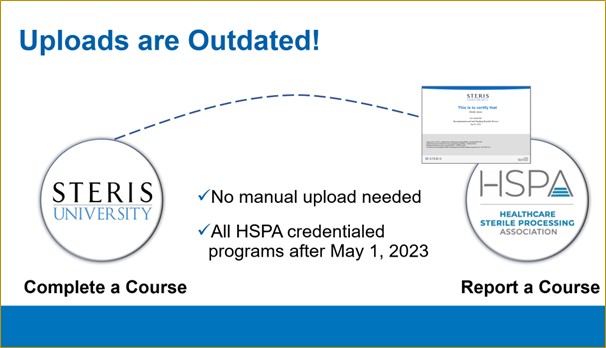 STERIS University
STERIS University
6 Courses
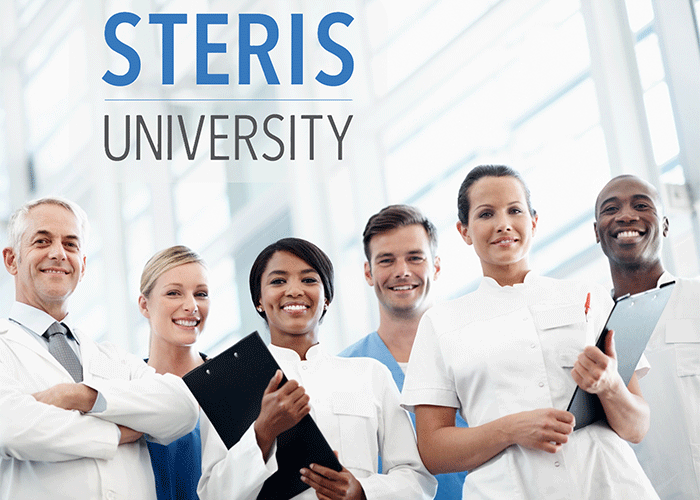
Live Events
STERIS University NextGen Learning - Webinar
Discover the cutting-edge advancements that are revolutionizing the way you learn and grow. Embark on a guided tour of our brand-new features designed to enhance your educational experience.
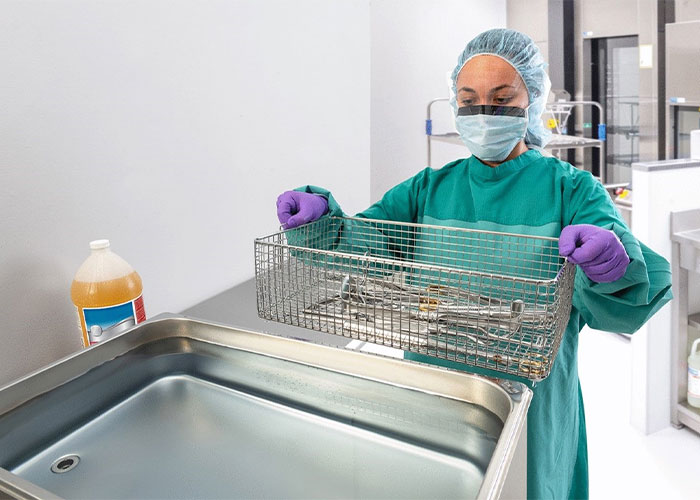
Live Events
Best of Cleaning and Decontamination - Webinar
Dive into best practices for
point-of-use treatment, manual and automated cleaning, and using rigid
containers—all curated from our most popular webinars. Plus, join the fun with
an interactive bingo game featuring sterile processing key terms. It will be a
great way for technicians, managers, and infection preventionists to celebrate
together.
Objective:
- Identify best practices in point-of-use treatment, manual and automated cleaning and disinfection, and rigid container use to optimize sterile processing.
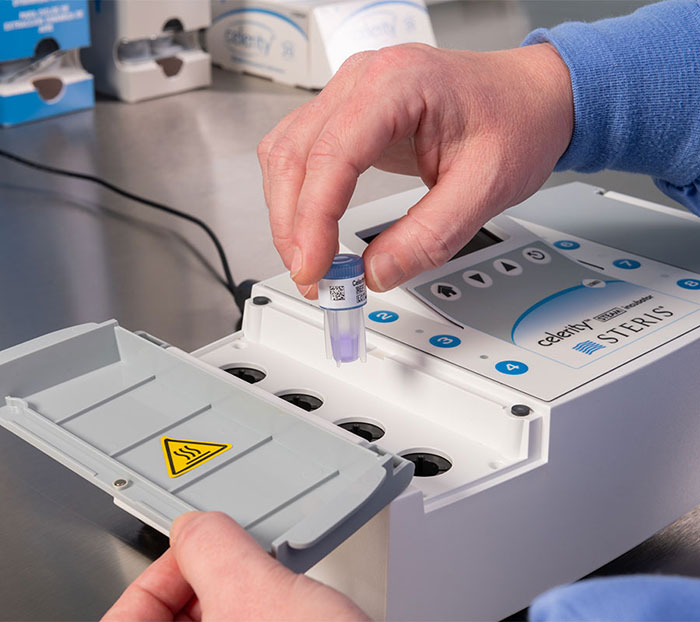
Live Events
Biological Indicators - How Do BIs Work? - eLearning
Biological indicators have been used for many years by healthcare facilities. They provide a level of confidence in the sterilization process. However, this is not the only reason biological indicators are used. This 2-part interactive eLearning course will begin with reviewing the basics on BIs including why they are used, and the standards developed to support their use. In the second part of this course we will discuss how BIs actually work..
Part 1: Intro to Bis
- List reasons why healthcare facilities use Biological Indicators (BIs)
- Identify the nationally recognized organizations that set policies or recommendations on use of BIs within healthcare facilities
- Identify how BIs function
- Explain the design of BIs
- Explain the difference between enzyme detection and spore growth
- Define sterilization
- Explain the importance of steam in steam sterilization
- Define Sterility Assurance Level (SAL) and how it relates to log reduction
- Explain the phases of sterilization and interpret a cycle graph
- Identify what occurs to the bacterial spores within a Biological Indicator during the phases of sterilization
- Identify the importance of a Chemical Indicator to ensure sterilization parameters have been met during a cycle
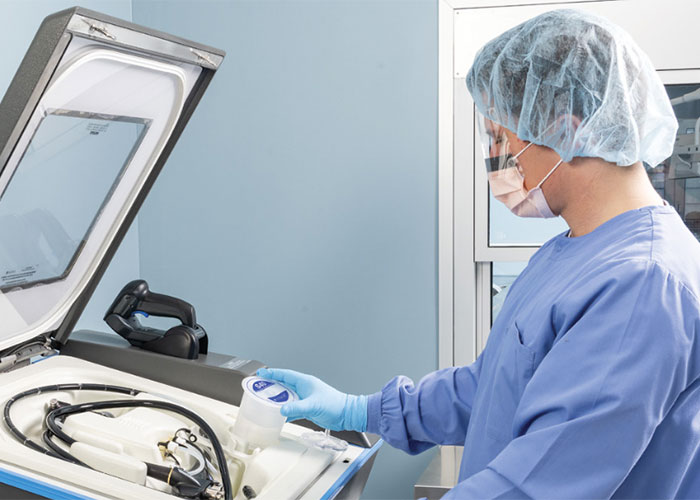
Live Events
Endoscopy Processing Solutions: Optimizing Best Practices
Learning Objective: To interpret industry standards and best practices for processing gastrointestinal (GI) and other flexible endoscopes to apply them.
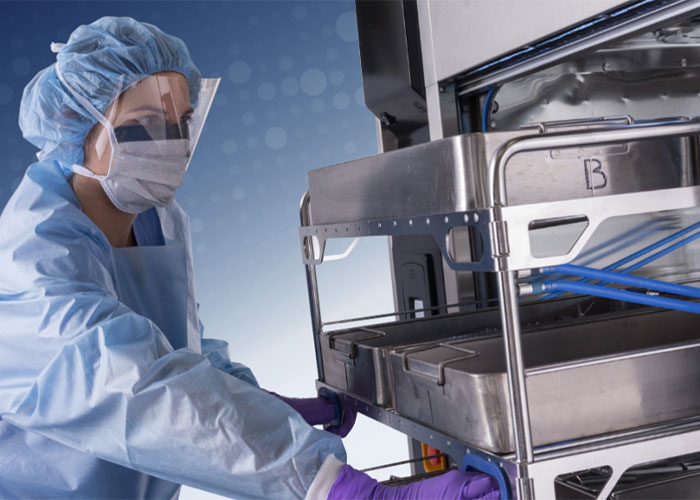
Live Events
Sterile Processing Solutions: Optimizing Best Practices
Learning Objective: To interpret industry standards and best practices for sterile processing to apply them.
